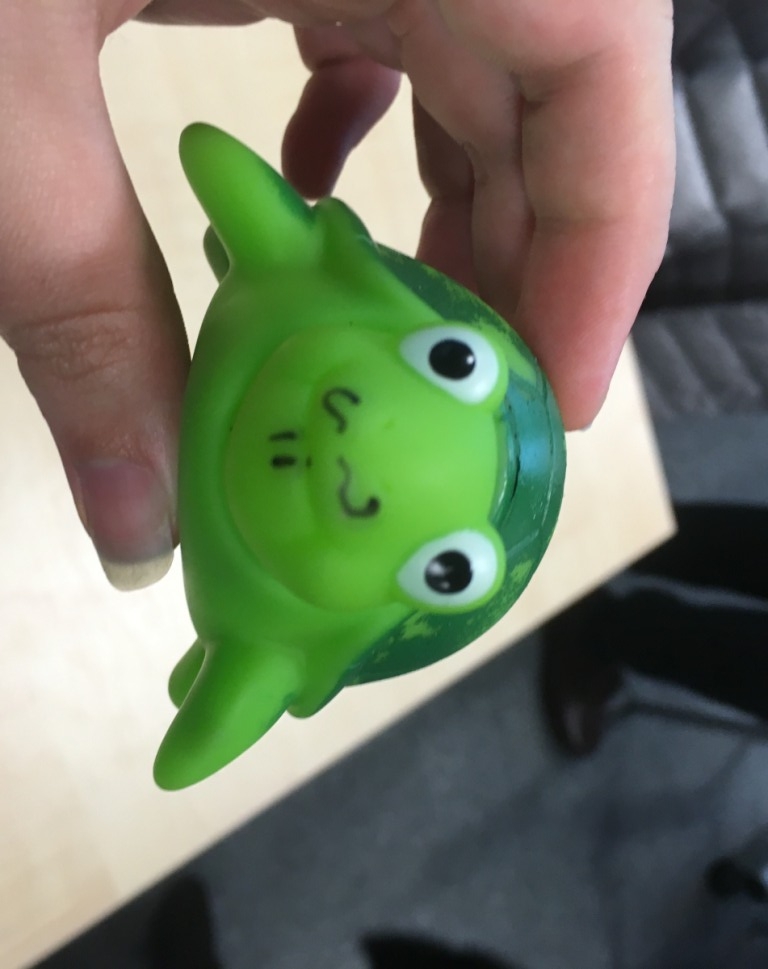From stars and stripes to hazards and risk assessments
08/11/2018

I can’t stress enough how much I’m enjoying myself at Cranfield. Not only do I love what I’m studying (Environmental Engineering MSc), I love the way it’s taught. It’s so different from coursework in the USA, and I think that makes it perfect. In the USA, you have 5 classes a day, at least 3 times a week, with assignments and tests spread just enough throughout that you don’t pass out from exhaustion. If you ask me what I learned from the last time I tried to earn a Master’s degree, I can only tell you college is too expensive and I hate snowploughs that show up at 4 am.
But after only my first week at Cranfield, I’ve already bored my fiancée to death with what I’ve learned about hazards and risk assessments. Now, I’ve had some experience with this subject before as I used to work in a nuclear waste facility. I’ve seen that consequence vs. likelihood chart. One of the reading list articles mentioned a DOE standard for risk that I’ve spent 5 years working with. But I still walked away with something.
The course started out with about two – three days of discussion covering everything we needed to know about the process of risk assessment. I barely had to take notes because the slides had everything laid out in an extremely easy to understand way. I don’t think you could make it simpler or better, and we weren’t just talked at all day long. The teachers did a great job of connecting us to the material with mini projects and interactive group projects. Things got really intense the last two days. It was sink or swim. And while frustrating and daunting, I loved every second of it. The stress toys given to us us (see picture above) by our lecturer helped too! You not only got to practice applying what you were learning, but you got feedback and a chance to discover what you didn’t understand or forgot. Friday was particularly helpful. We did a risk assessment in one day, step by step. And since we were in groups, we got to see a variety of ways to approach the problem, with feedback on which way was more helpful. It was awesome!

My attempt at a Source-Pathway-Receptor (S-P-R) Link diagram
Honestly, I can’t think of a better way to learn this material. From the overall study structure at Cranfield, to the day to day coursework – it’s perfect for me.
Categories & Tags:
Leave a comment on this post:
You might also like…
Automotive Engineering: From student to hypercar innovation at Rimac
We sat down with recent graduate Thomas Perrin, to discuss how his year on the MSc in Automotive Engineering at Cranfield University propelled him from the lecture hall directly into the ...
What this year at Cranfield really meant to me
Every Cranfield journey is unique. In this alumni reflection, Zachea Scicluna shares what her year at Cranfield truly meant, from facing uncertainty to gaining hands-on experience in industry-backed projects. I’ve been reflecting (and delaying) ...
Preparing for assignments and exams?
Sorry! We know it seems a bit mean to mention the exams in January rather than looking forward to the break before it! However, we know many of you will be thinking about your forthcoming ...
Screening for FTSE 100 companies on Bloomberg
So you’re researching an index and need some data on its constituent companies? Bloomberg’s Equity Screening tool makes light work of this, not just for the FTSE, but for indices, exchanges and sectors worldwide. Type EQS ...
Accelerating my future: How Cranfield put me on the fast track to automotive safety innovation
Hello! I’m Michaela Kaiser, and I’m thrilled to share my journey studying abroad. I’m from Calgary, Canada, and I recently graduated from Cranfield’s MSc Automotive Engineering course. My path to Cranfield ...
From Myanmar to Cranfield: My path to Renewable Energy
As someone who is passionate about sustainability, my career goal is to build a path in the renewable energy sector. My aspirations comes from the benefits of developing sustainable energy sources and ensuring energy ...






